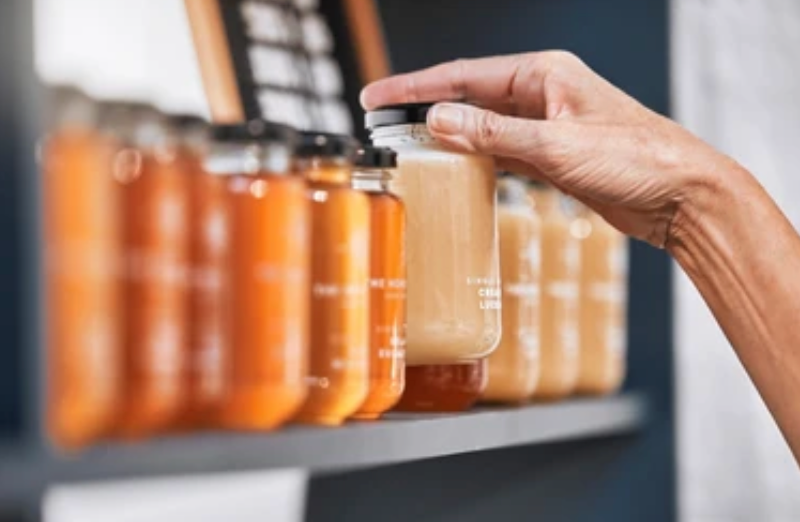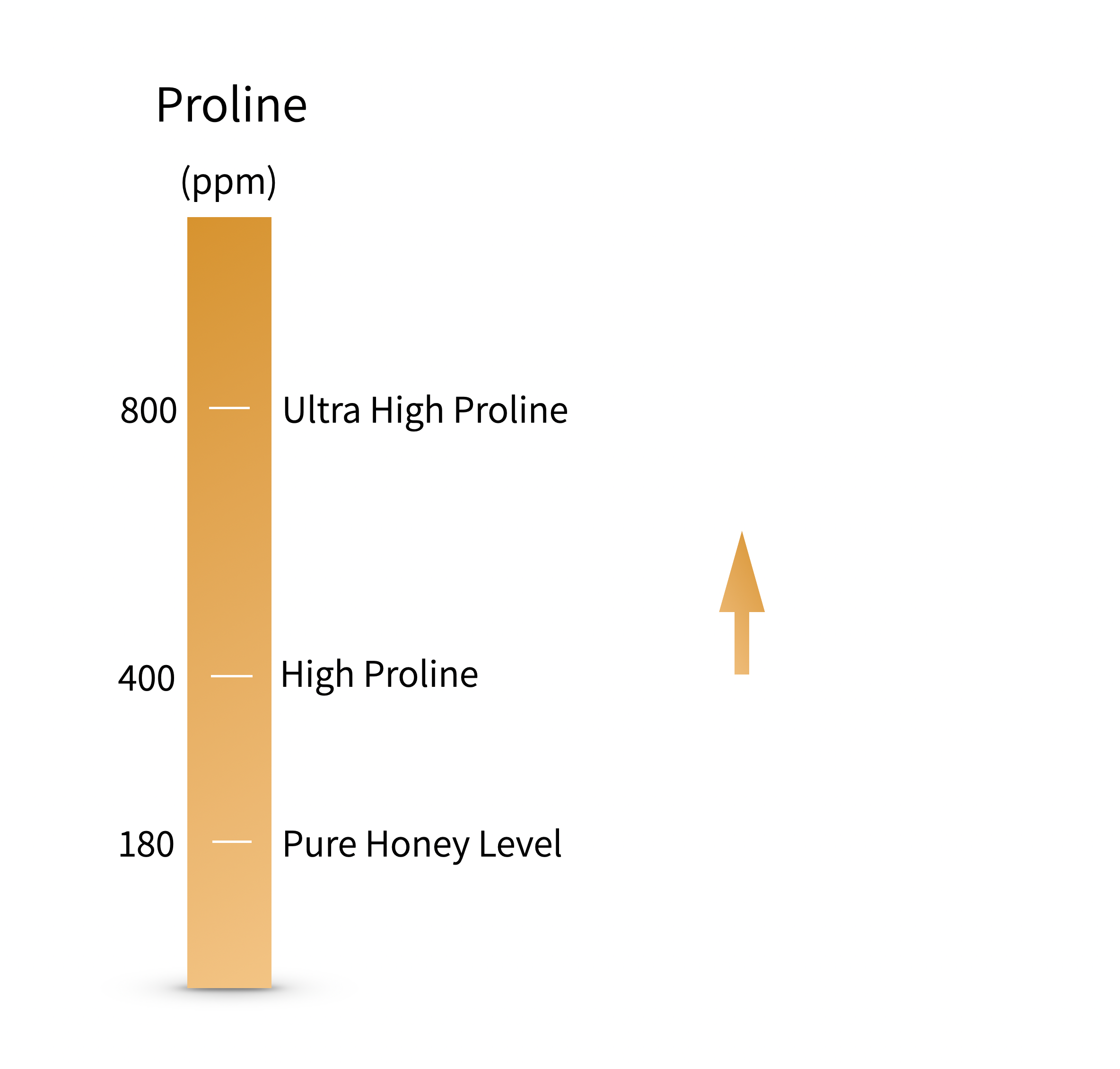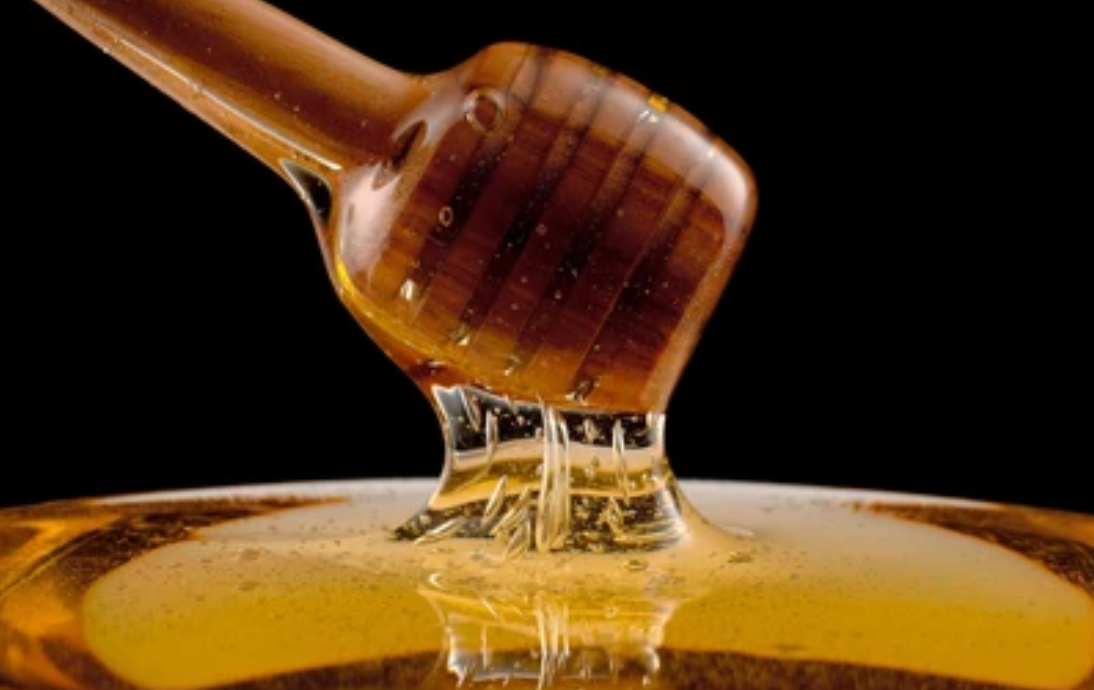The 2P Criteria: Pollen and Proline for Premium Honey

Pollen: Botanical Origin
How Do I Understand Botanical Diversity?
Proline: Purity And Quality
What is the Amount of Proline in Honey?

How Can I Determine the Proline Value in Honey
We Have Options With All The Information, Unlike Others
Curiosities About Honey
Title

Title

Title




